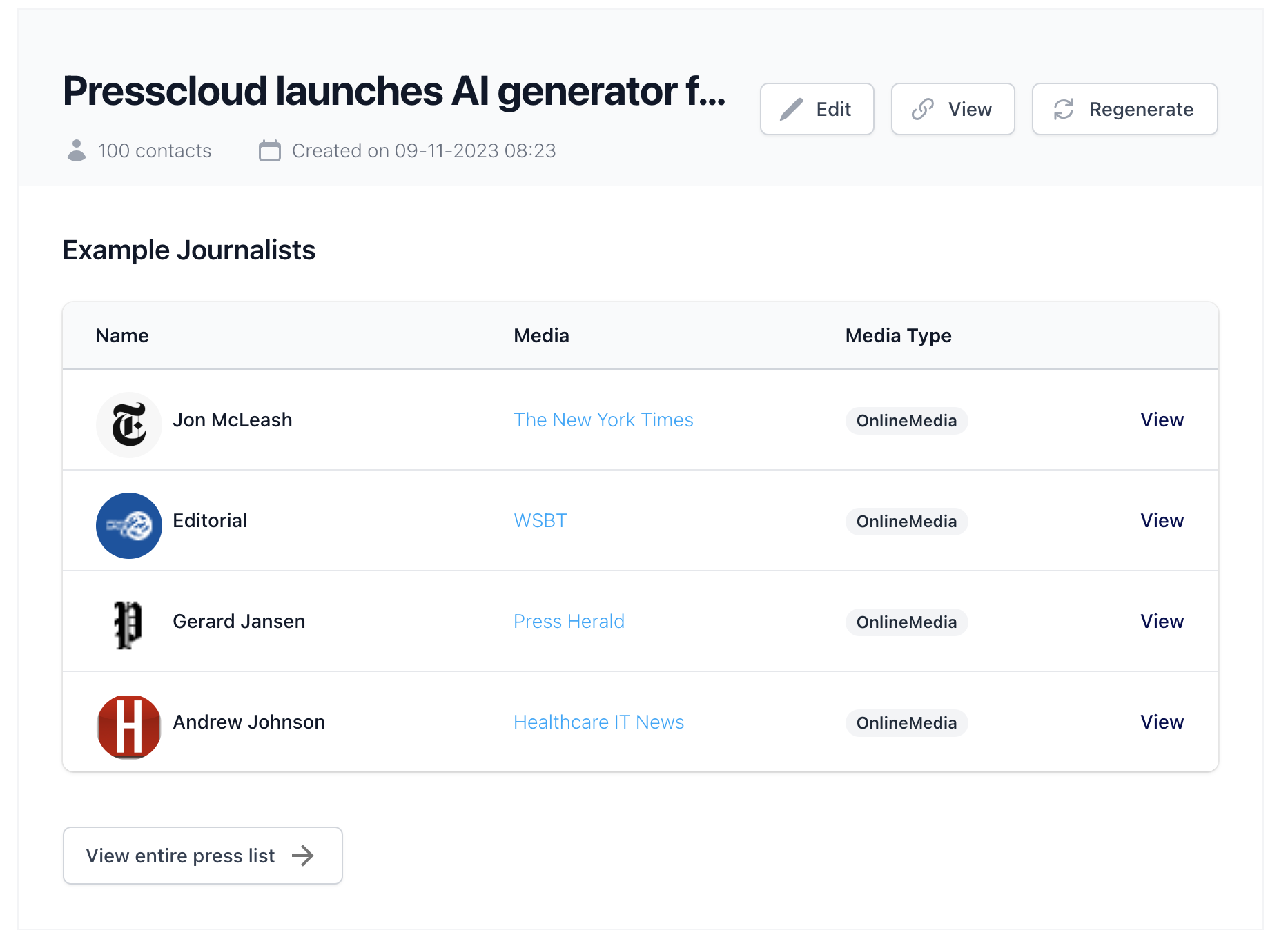Writing a press release can be a challenging task, especially since you want it to stand out among the many messages journalists receive daily. The start of your press release is crucial, because if you don't immediately capture the journalist's attention, there's a good chance your message will remain unopened. But how do you make sure your press release stands out? In this blog, we share tips on how to effectively start a press release so that it doesn't go unnoticed.
1. Start with a powerful headlineThe headline is the first thing a journalist sees. It needs to be not only catchy but also clear and informative. A good headline immediately conveys the main news and why it's relevant. If your headline isn't convincing enough, your message might not even be opened, let alone read.
The three key elements of a good headline are:
- Action verbs: Use strong verbs that directly suggest action or change.
- Specific & to the point: The headline should be short and clear, without unnecessary details.
- Engaging: The headline should pique the journalist's and reader's interest.
An example: If you are launching a new product, "New Tool Saves Companies 20% on Monthly Costs" is much more powerful than "Company Introduces New Product." The first headline is specific, concrete, and immediately presents a benefit, while the second headline is too general.
2. Write a strong introductionFollowing the headline is the introduction, which is just as important. This is the section where the core of your news is summarized in 35 to 45 words. In this first paragraph, you should answer the 5 Ws (Who, What, When, Where, and Why). These questions help journalists quickly understand why your message is worth noting.
The 5 Ws in a press release:
- Who: Who is involved in the news? This could be your company, a partner, or a client.
- What: What has happened? What is the news you are sharing?
- When: When did the news occur, or when will it take place?
- Where: Where did the news happen, or where will it take place?
- Why: Why is this news relevant? What makes it worthwhile for the reader?
For example: "Today, [Company Name] launches a revolutionary software tool that helps companies save up to 20% on their monthly costs. This tool, developed by [Company Name], will be available from [Date] and is aimed at optimizing daily business processes."
With this approach, the journalist has all the information they need at a glance to decide if the message is relevant.
3. Consider the pitchWhile your press release starts with the headline and introduction, it’s actually your pitch that draws the most attention. Most press releases are sent via email, and it is often the email itself, not the press release, that determines whether a journalist will read your message. A personal and well-timed email can make the difference between a successful pitch and a message that is ignored.
Make sure to address the journalist by name and keep your pitch brief and relevant. Show that you have done research on their previous work or interests and why your message aligns with their audience.
4. Ensure a flawless structureA good press release follows a clear structure. Start with a strong headline and a short, powerful introduction, and then proceed to elaborate on the news. Make sure your main message is always at the top and that all relevant details and context logically follow.
Moreover, it is crucial to avoid jargon and long, complex sentences. Journalists appreciate clear, concise, and well-structured information. This makes it easier for them to use your story in their articles or news reports.
In summary
Starting a press release is a crucial part of your PR strategy. With a strong headline, a clear introduction, and a personal pitch, you increase the chance that your press release will be picked up by media. And if you need help, Presscloud is ready with tools and expertise to support your PR efforts.

